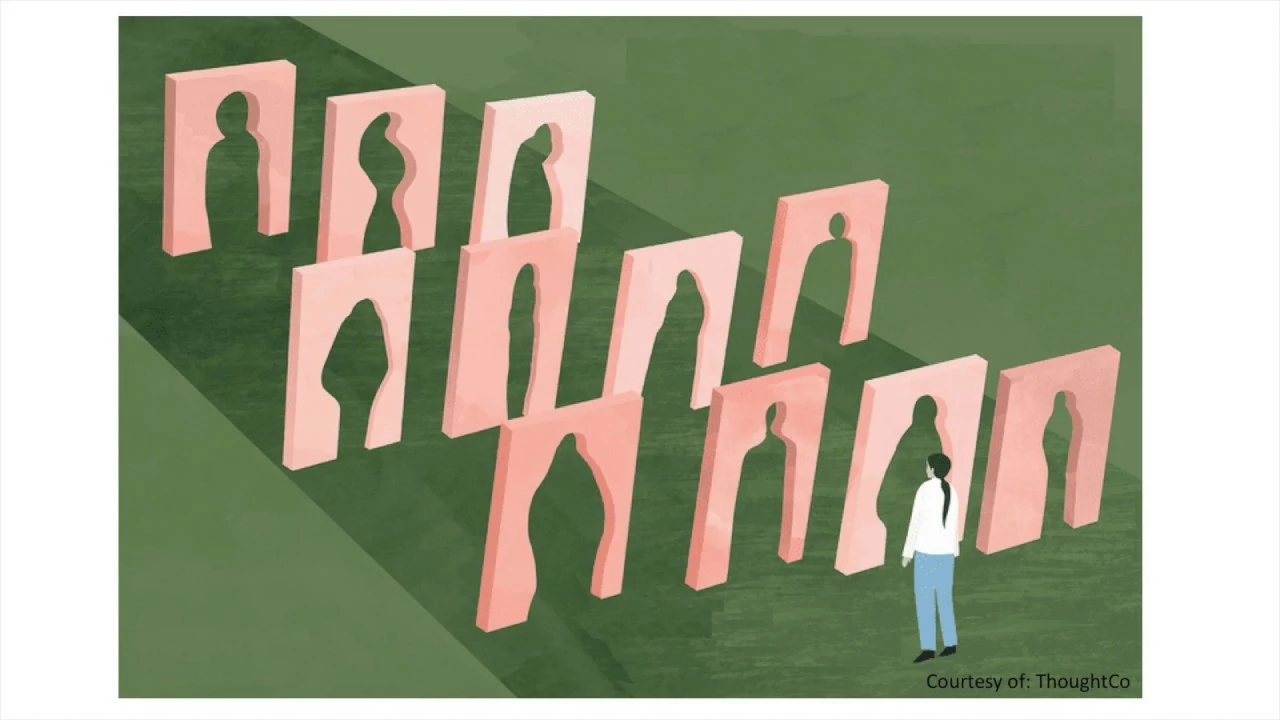Perception – Understanding What Shapes Our Views
Ever wonder why two people can read the same news and walk away with totally different feelings? It’s all about perception. The way we pick up information, filter it through our experiences, and turn it into an opinion decides if we feel hopeful about a government job or skeptical about a new policy. This page breaks down why perception matters and shows you how to fine‑tune it for smarter decisions.
Why Perception Matters in Government Job Updates
When you land on Government Job Updates, the first thing you notice is the headline – “ITR Filing Last Date 2025: Deadline Extended”. If you see that as a deadline pressure, you might rush your tax return and risk a mistake. But if you see it as a reminder that the government is giving you more time, you feel less stressed and can plan better. That shift in perception changes your action.
The same goes for job vacancies. A post titled “Political dynasty biggest enemy of democracy: PM Modi?” can spark strong emotions. Some readers will take it as a warning about corruption, while others will see it as a bold statement defending democratic values. Your perception determines whether you share the article, comment, or ignore it.
Practical tip: before reacting, ask yourself what facts are in the piece and what feelings are driving you. Write down the key points, then decide if your reaction matches the data. This simple habit keeps perception aligned with reality, so you make better career moves.
Changing Perception in Politics, Sports, and Everyday Culture
Sports stories illustrate perception fast. Take Virat Kohli’s calm during the Champions Trophy clash with Abrar Ahmed. Fans who focus on Kohli’s century see a hero; those who remember Abrar’s attempt to provoke might view the match as a psychological battle. Both angles are true, but each shapes how you talk about the game.
Politics is another perception playground. When Modi calls political dynasties “the enemy of democracy”, supporters see a fight against nepotism, while critics might think it’s a power grab. Your personal bias decides which side you lean toward. Recognizing that bias helps you discuss the issue without getting stuck in echo chambers.
Even everyday topics like age proof documents or Indian food rely on perception. Some people think a PAN card is enough proof of age, others prefer a birth certificate for safety. In cuisine, Indian food is perceived as “spicy” abroad, yet many Indian families see it as comfort and tradition. Understanding where these views come from lets you respect different experiences.
So how can you reshape perception when it’s holding you back? Start by exposing yourself to opposite viewpoints. Read the “Air India debt recovery” article and the “Supreme Court opens itself under RTI” piece. Notice how each frames transparency differently. Then ask: what would I think if I swapped roles?
In short, perception isn’t a fixed trait; it’s a habit you can train. By questioning first reactions, seeking multiple sources, and separating facts from feelings, you turn vague impressions into clear judgments. That skill pays off whether you’re chasing a government job, debating a political reform, or simply choosing what to eat for dinner.
